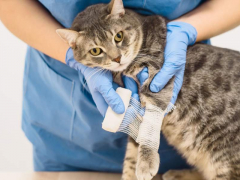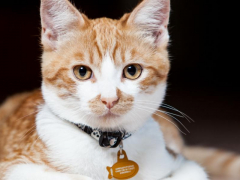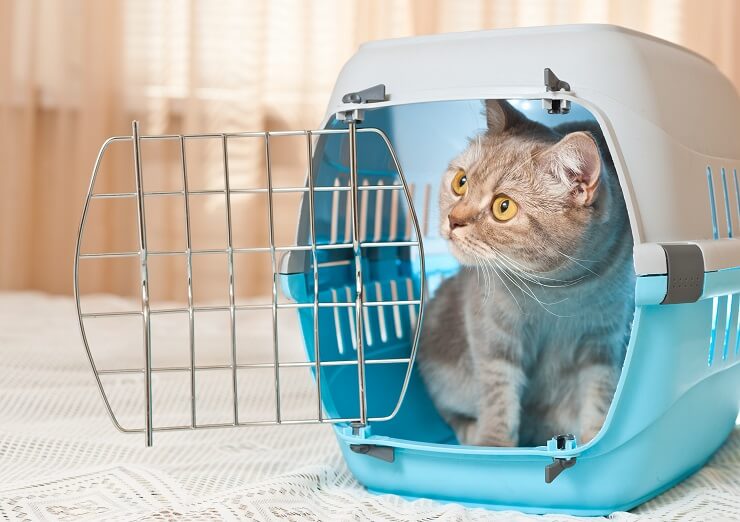
Are you dreading taking your cat to the vet since you’re traumatized from placing your cat into a carrier?
Most cat owners keep the carrier well hidden away assuming the cat hates it. However, that’s not always the case. If you merely use the carrier for trips to the vet or groomer, your cat possibly will have a negative association.
Hence, choosing a suitable carrier and ensuring your cat loves spending time within it can make the difference between a pleasant or aversive experience for you and your kitty.
Let’s delve into ways to select the right kind of carrier and techniques to ensure the mover becomes their happy place.
What To Look For In A Cat Carrier?
A standard carrier should meet the requirements of your cat while helping to make things like travel and vet visits as stress-free as possible.
Preferably, the carrier should be made of sturdy impact-resistant plastic that can’t collapse with a hard bottom for easy cleaning and to prevent escape. It should contain slats on the side to help conceal the cat while allowing visibility and circulation of fresh air.
Carriers that contain both a top and a front opening are best. The roof should include an entry/exit as an alternate for moggies who are timid or aren’t comfortable with voluntary exit allowing for minimal distress plus easy vet examinations within the base of the carriage.
Lastly, it must have an open-structured lockable door to enable food, toys, and stroking to be offered through the protected door while keeping your kitty safe.
Step-By-Step Training Guide To Getting A Cat Into A Carrier

Follow this essential step-by-step training guide for voluntary entry into a top-loading cat carrier:
Step 1: Staying On A Comfortable Blanket

Serafina staying on a comfortable blanket. Melina Grin / Cats.com
Start the training phase when your cat is relaxed and there aren’t any scheduled vet or grooming appointments for at least few weeks.
Find a comfortable blanket or sweatshirt your kitten or cat especially likes. Place it on the bed or couch in their favorite part of the house and lure your kitten/cat with food, treats, or toys onto the blanket, encourage settling on the blanket while you feed or play with your cat.
You can also stroke your cat in between feeding while it’s sitting or crouching to create a positive association while encouraging calm behaviour. This stage is the foundation for carrier training which requires your patience and composure.
Step 2: Acclimatization In The Bottom Of The Carrier
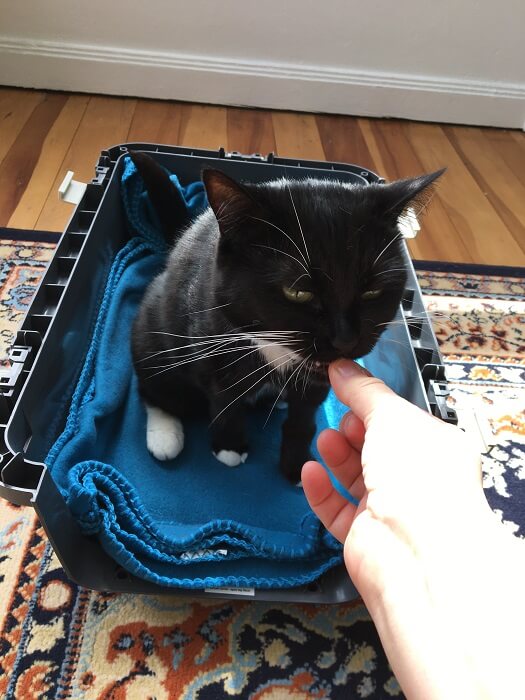
Serafina acclimatising to the bottom of the carrier with treats. Melina Grin / Cats.com
Once your kitten/cat is comfortable and confident with the blanket you trained them on, you can move this blanket into the open base of your carrier positioned in their favorite room (next to your couch, bed, etc). You want to ensure your cat feels comfortable while not enclosed or intimidated in this open setting.
Use the same technique with luring them with food and petting as long as they enjoy it at the underside of the carrier. Occasionally allow them to hop out of the carrier by tossing food/treats slightly away from the carrier and lure them back into the base to ensure they feel in control.
Gradually slow down food dispensing and intermix with more stroking between treats to build on relaxation and settling calmly into the carrier.
Step 3: Closed Carrier With No Front Door
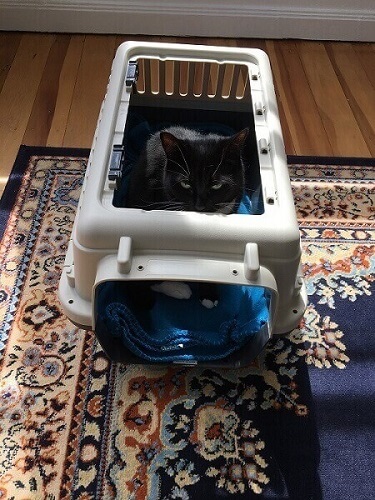
Serafina sitting in a closed carrier with No front or top door. Melina Grin / Cats.com
Once your cat is comfortable sitting on the blanket in an open carrier, start the next stage, which involves helping your cat feel relaxed with the top attached but the door removed.
Start by luring your cat onto the blanket with a few treats and continue administering food while they display calm behaviour, encourage voluntary entry/exit by feeding and applying chin rubs in a calm manner while they’re in the carrier. Avoid over-stimulation, taking it nice and slow.
Step 4: Closed Carrier With Front Door On And Closed
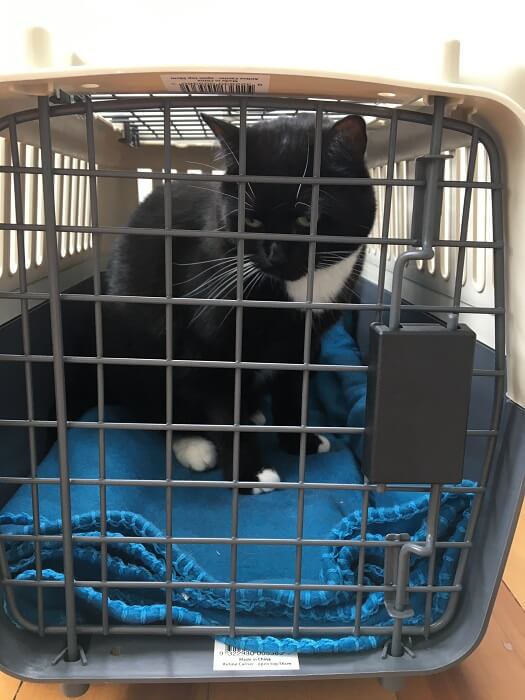
Serafina sitting in a closed carrier with door on. Melina Grin / Cats.com
Once your cat voluntarily goes into the carrier, you can place the door on and slowly move the front door towards and away from the cat while feeding them treats with each movement to predict a positive consequence.
Repeat this step several times until you get the door to a more closed position, continue feeding while the cat is calm. If your cat wishes to get out, allow them to hop out and lure them back by repeating the above steps until they are settled being fed treats through the bars for a few seconds, ensuring they feel in control.
Step 5: Turn Your Carrier Into A Retreat By Extending Duration

Turn the Carrier into a Retreat. Melina Grin / Cats.com
In this step, we want to encourage your cat to associate the carrier with a peaceful retreat while resting for extended short periods within the closed carrier.
Begin with the carrier door off, lure your cat into the carrier with a treat, then pause for a few seconds, let them explore the carriage and after they sit or crouch within treat again. Gradually extend delaying treats feeding by five seconds, repeat a few times.
When they’re comfortable, add the front door and shut it, treat through the bars. Start alternating treat administration time (i.e. longer duration) while they’re sitting relaxed in the carrier. Increase from five to eight seconds, then pause, stretch the time a little longer as you progress through this stage.
You can also open the door for a few seconds to give your cat the opportunity to get out and return. Extend the duration with sporadic feeds.
Step 6: Move The Carrier With Your Cat Relaxed Within
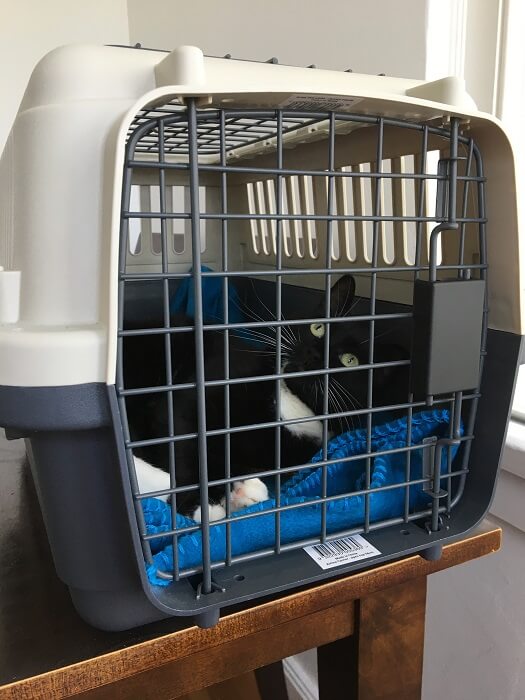
Move the Carrier with Serafina while relaxed. Melina Grin / Cats.com
The last stage involves moving the closed carrier together with your cat inside. Start lifting the carrier slightly off the ground for a few seconds, place it back on the ground, and feed. Gradually increase the movement upwards, put it down and treat. Each movement should predict a reward.
Again, give your cat the opportunity to come out, if they wish to stay inside, you’re doing great!
Don’t use the handle to carry them, lift the carrier with both hands secured against your body. Progress to moving them slowly to another surface (i.e. table) and feed on placement. As long as your cat is chilled, proceed to move them to a different room, treat once you reach another surface.
Lastly, if they continue to be calm, take them gradually to the car, treat them on arrival and return home. Repeat this step multiple times while your cat is in a tranquil state.
How to Get an Unwilling Cat Into a Carrier – Tips For Difficult Cats
How to trick a cat into a carrier? Leave the open carrier out permanently as a hiding spot or a bed for your cat. Entice him/her with catnip, toys or treats, don’t chase the cat into the carrier. To minimize anxiety associated with the carrier place clothing items along with your scent and apply routinely a synthetic feline pheromone spray.
How to Calm a Cat in a Carrier
If your cat had a previous negative experience or hates the existing carrier, consider purchasing a new, calming, comfortable, of sufficient size transporter to minimize negative association.
Consider washing the carrier after use to remove any deposited chemical messages (pheromones) that communicate anxiety or fear deposited from the pads of their feet/anal glands or use by another cat.
Don’t force multiple cats (except for a queen and her litter) to share one carriage because of the confined space which can create tension and hostility, each cat should have a separate carrier draped with a towel during car rides.
Conclusion
Carrier training is especially important in ensuring vet visits and car rides are less stressful for cat owners and their felines while an acceptable carrier allows easy placement with many cats choosing to remain on the bottom of the base during vet examinations reducing the requirement for handling, lengthy veterinary check-ups and prolonged negative experiences.
Be the solution to your cat’s welfare and improved healthcare!
-
Care, I. C. (2019, March 07). Encouraging your cat to be happy in a cat carrier – video. UK. Retrieved December 03, 2021, from https://icatcare.org/advice/encouraging-your-cat-to-be-happy-in-a-cat-carrier-video/
-
Ellis, S. (n.d.). Training a cat to use a carrier: four stage approach. (Feline Focus). (I. C. Care, Compiler) UK. Retrieved December 01, 2021
-
Lydia Pratscha, N. M. (2018). Carrier training cats reduces stress on transport to a veterinary practice. Applied Animal Behaviour Science, 64-74. Retrieved December 02, 2021
